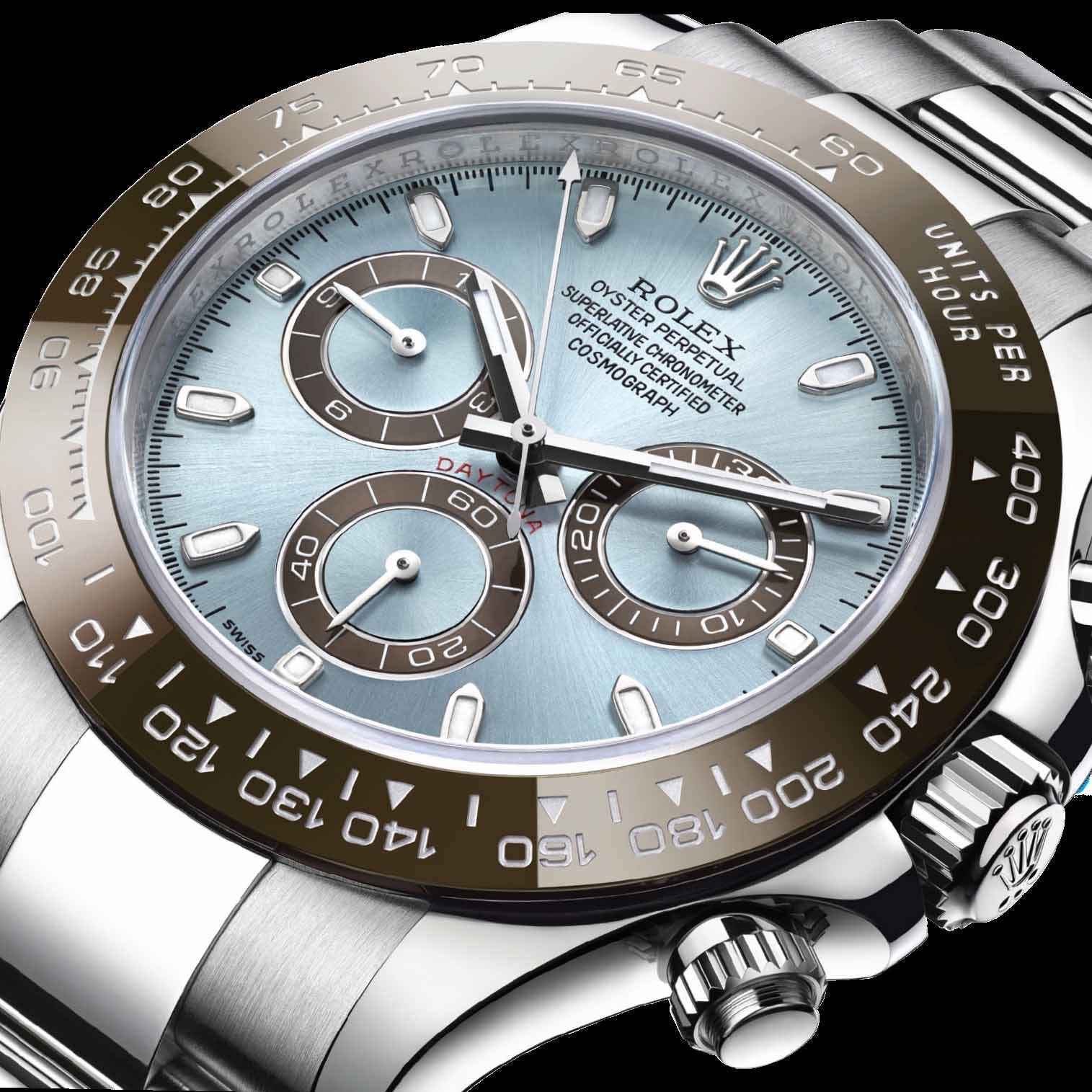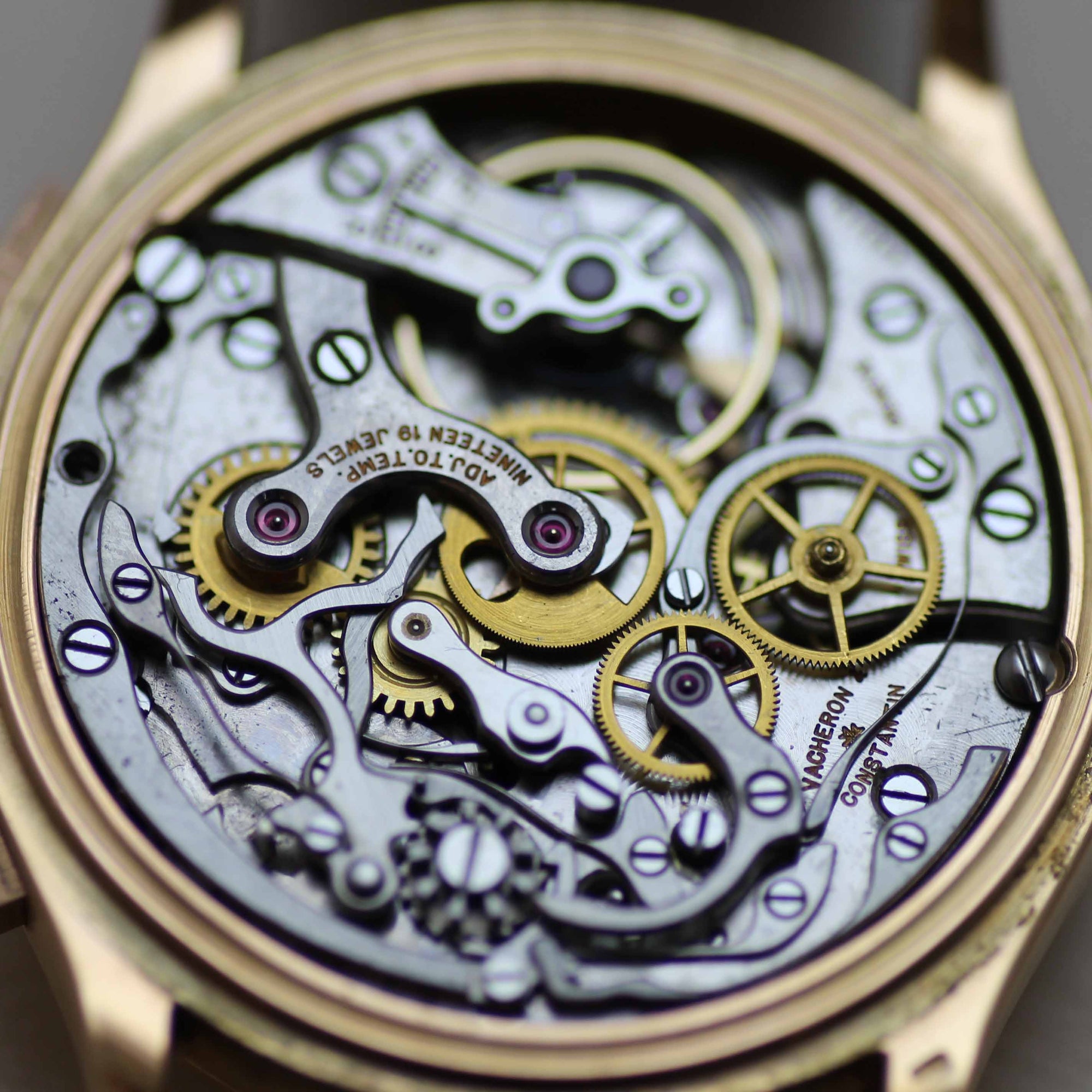Collecting fine watches is a trend that is steadily growing in popularity. Before the 1990’s it was more of a specialist hobby; almost a dying art, one might say. Collectors were few and far between, and watches were cheaper. But that has all changed.
I am pleased about the revival, of course, given that watches are my life’s passion.
In this issue I would like to look at the pros and cons of buying vintage versus buying a new watch, and offer some advice to the budding collector as to what to look out for, where to go, and how to start a watch collection.
First things first. Which is better – vintage or new?
On the one hand, there are some fantastic new watches on the market, catering to a wide range of budgets and tastes. Modern watchmakers are always pushing their art to new heights, and if you can afford it, there are some real masterpieces for sale.
The pros of buying from a luxury watch boutique might easily sway you. Even an entry-level Omega, for example, is certainly a fine new watch. Watches like these are widely available, come with a warranty, and are the ‘latest thing’, (relatively speaking, naturally). Bear in mind, though, that many new watches, for example IWC’s Aquatimer or Omega’s speedmaster, are simply new interpretations of classic vintage designs
On the other hand, a new watch is not going to be the wisest investment. The moment it accompanies you out of the store, its resale value has already dropped considerably. This is true of very high-end watches too.
Reginald Brack, International Head of Retail of Christie’s Watch Department, commenting on the resale value of watches, said: “.. even Lange watches take a hit from retail to resale. In that context, vintage is just a smart buy.”
Vintage makes financial sense, if you buy wisely. When popular interest started to return to classic watches, a huge number of rare collector’s pieces skyrocketed in value, and those who already owned them had all the advantage. Newcomers can still make a profit, if they have done their homework, or even better, if they get wise advice.
More importantly, though, vintage watches have that special something that makes them so much more desirable than new. That’s my take on it, anyway. Collectors are always finding out about the history, the important world events and famous people connected with the watch, it’s pedigree, who designed it, and the list goes on. Each vintage watch is unique and special. This is fun part of collecting. .

The image shows a fine example: The Patek Philippe reference 3700, which is the older version of Patek Philippe reference 5711.
Another important aspect is where you decide to make your purchase.
You can find a smorgasbord of second-hand watches online, and some dealers are far more reputable than others. Sites like e-bay are always risky, and there’s no guarantee you will get what you pay for, so it pays to be cautious. Don’t forget, there are always fake watches in the pile.
If you’re just starting out, you’ll need the right advice. Writing on the topic of where to buy your watch, Jack Forster from Forbes magazine gave some sound advice:
“A good multi-brand retailer is a gift from the gods, not to be toyed with nonchalantly; the best have an almost uncanny sense not only for what you are looking for now, but what your tastes will evolve to.”
Lastly – what should you buy?

The bottom end of the vintage collection contains some unique, yet affordable specimens that will set you back anything from $1000 to $5000.
Examples include The Heuer Autavia(shown in the image), and Breitling’s famous aviation chronograph, the Navitimer.
If you’re buying as an investment, the best option is to go for the blue-chip labels like Rolex and Patek Philippe. Although they are getting scarcer, you can still find one or two that won’t break the bank, and keep growing in value over time.
In conclusion, I would like to offer a last piece of advice.
If you’re a new enthusiast – please beware! Speaking from experience, what starts out as a mild curiosity can soon turn into a full-blown addiction. Before you know it, you’re researching the history of watches when you should be sleeping.








